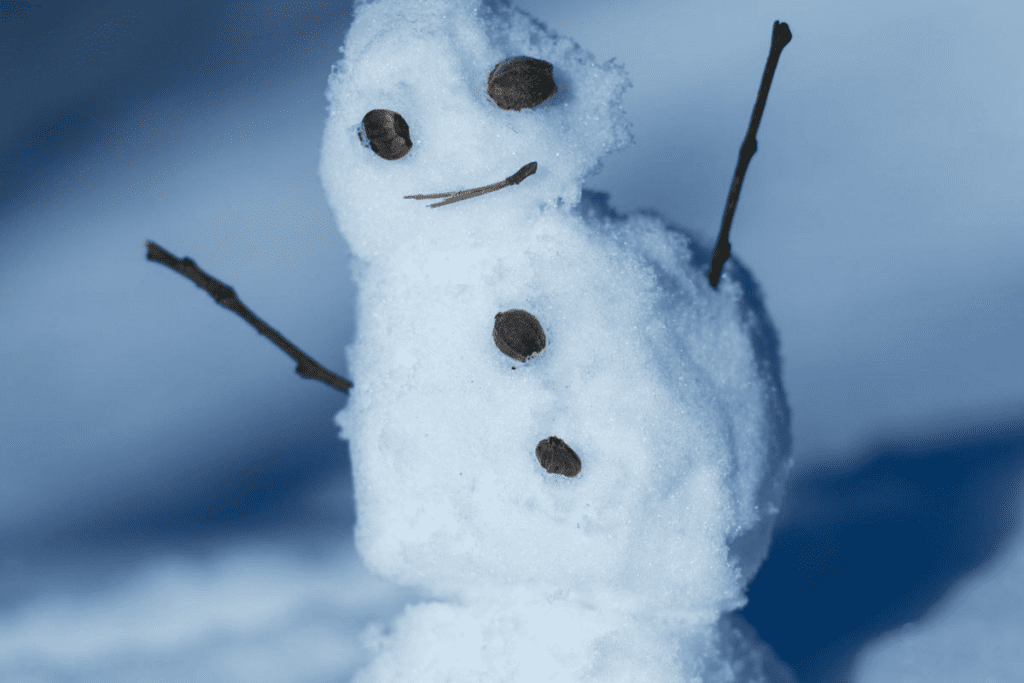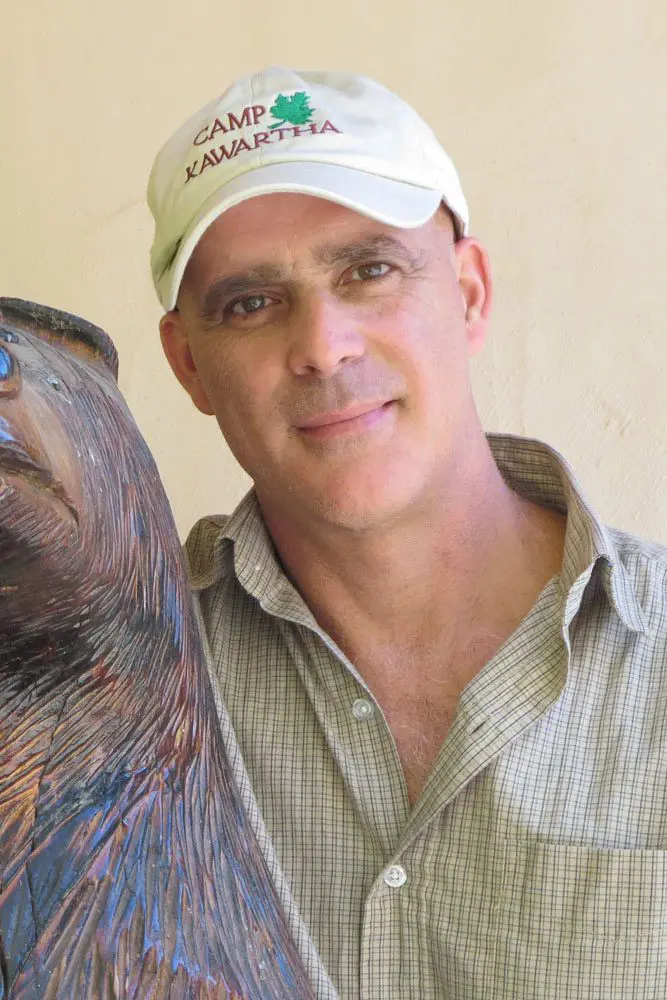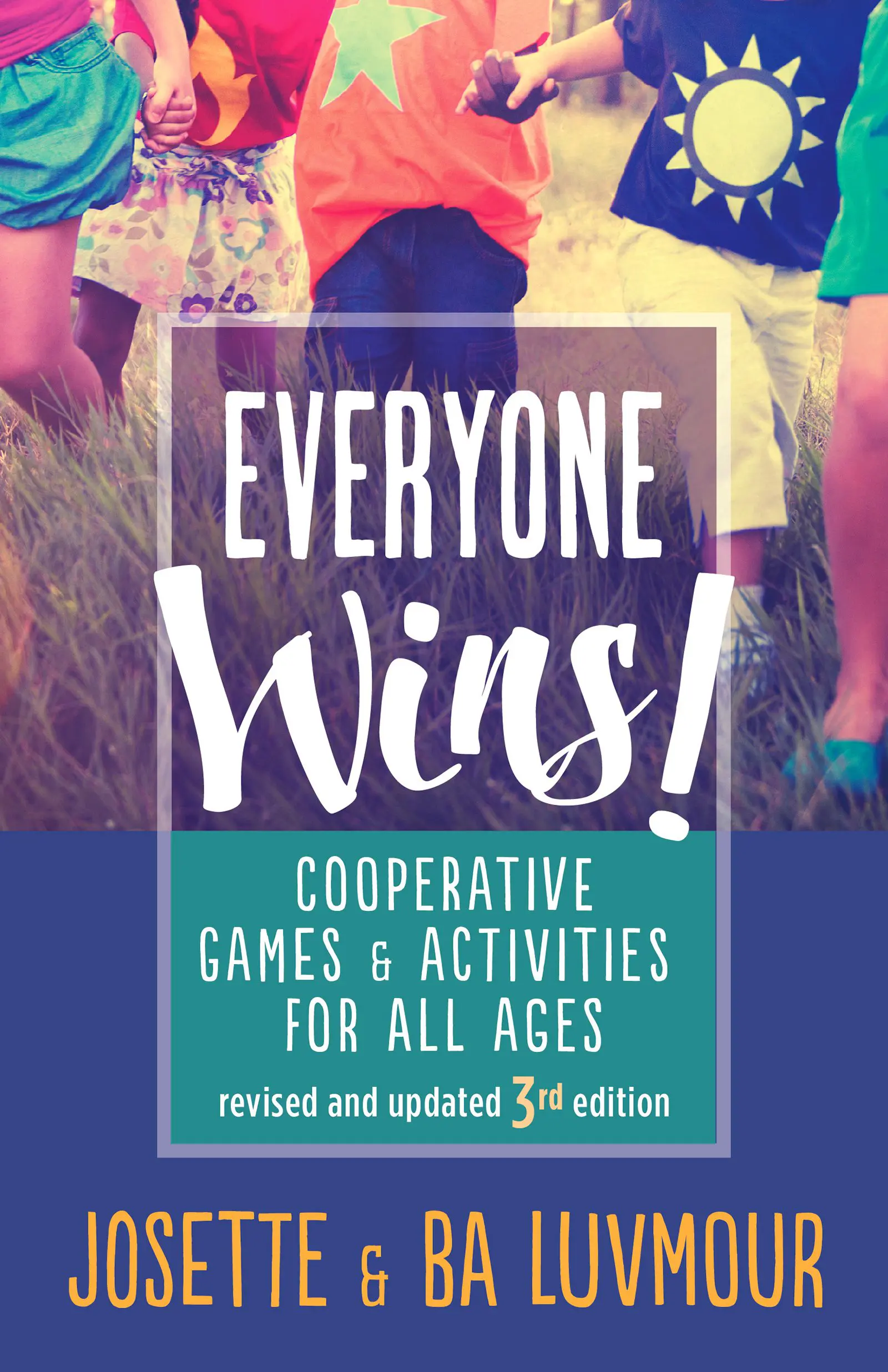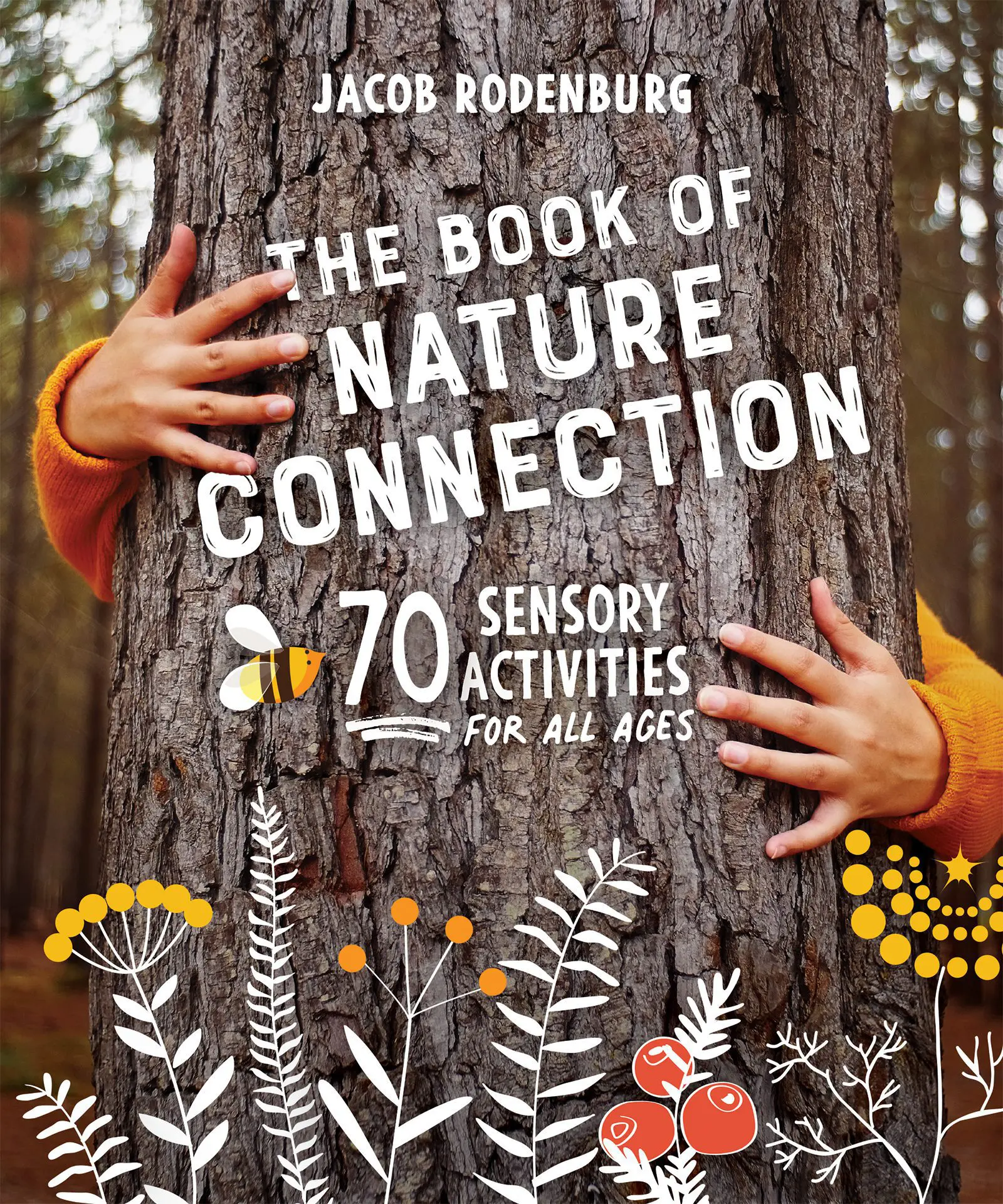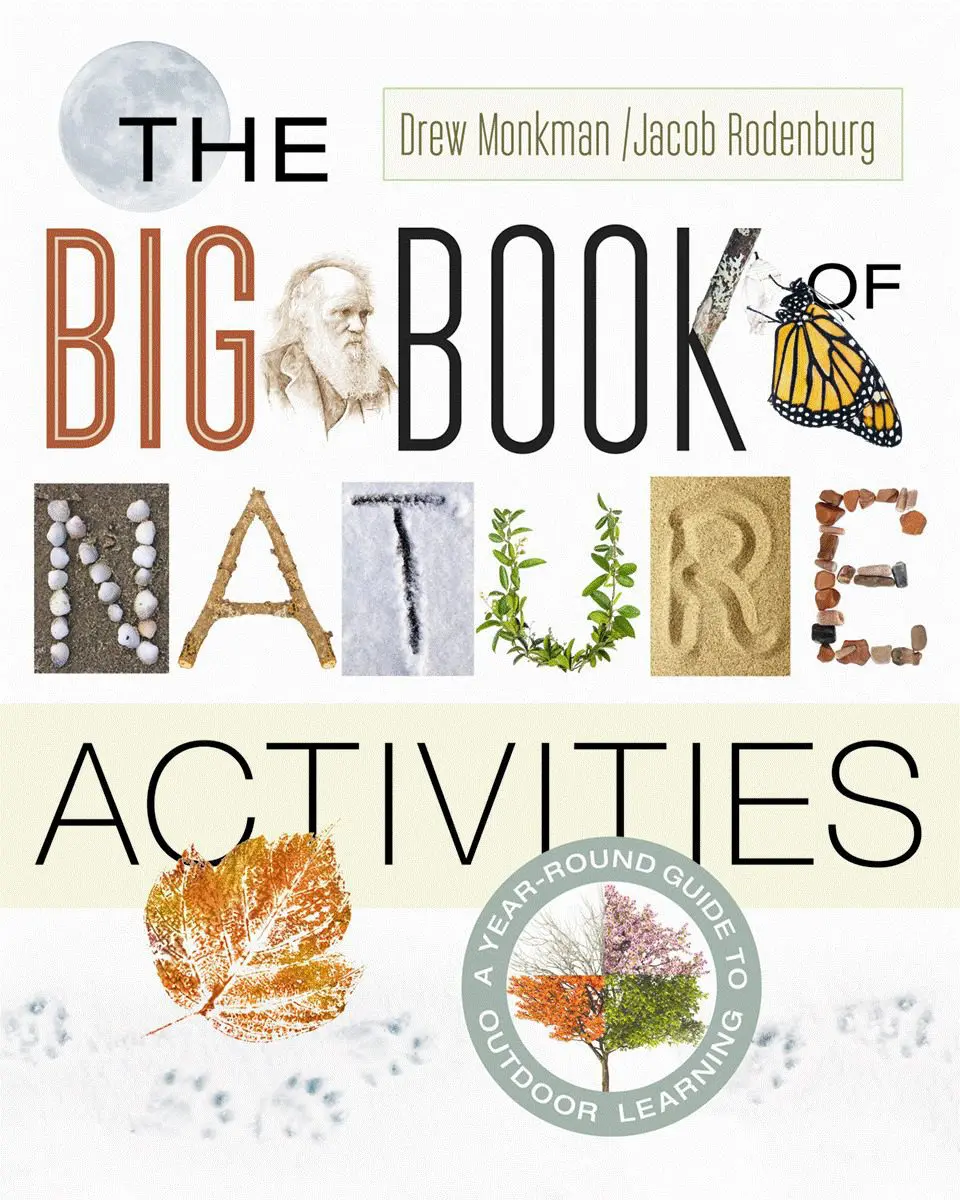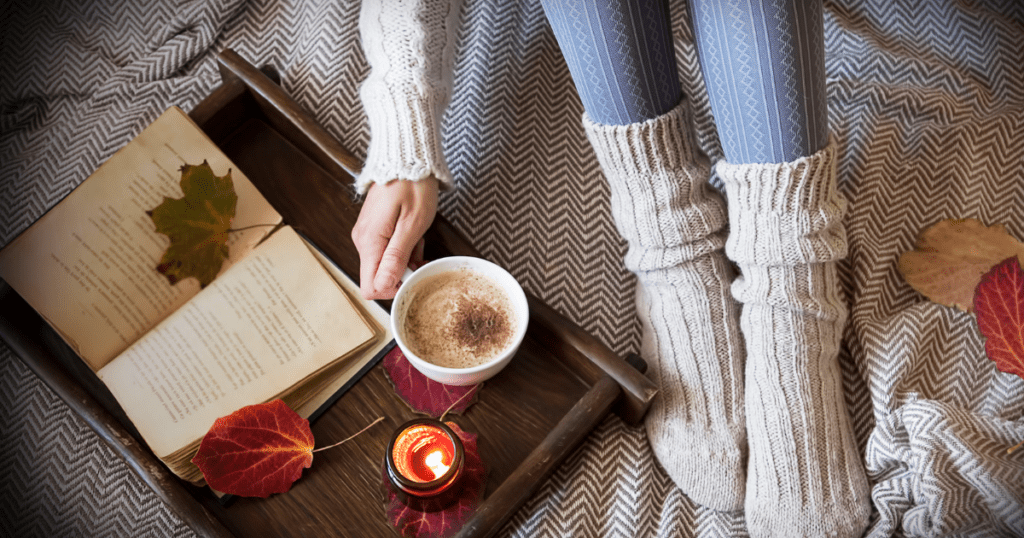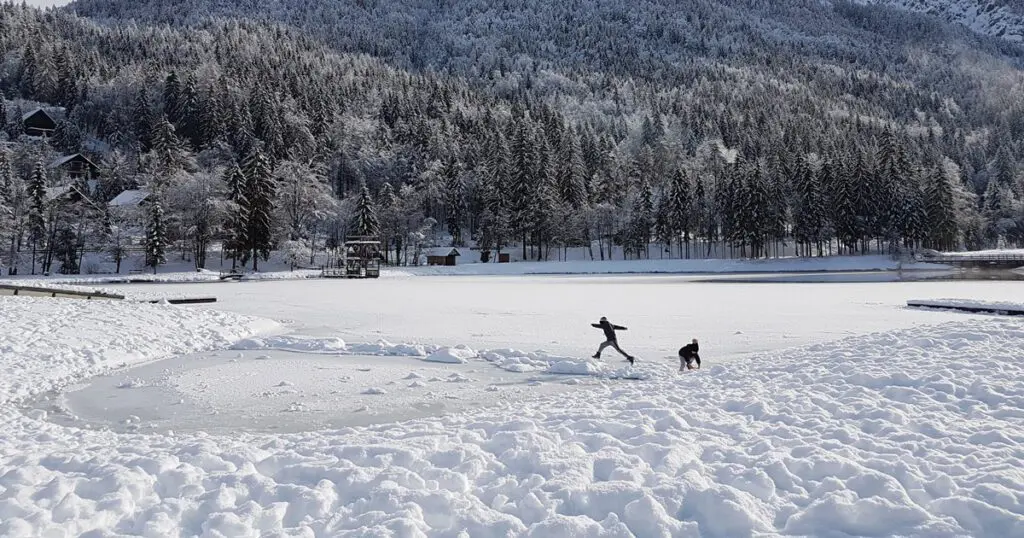
We have all heard about, and hopefully experienced, the health benefits of the great outdoors, but when winter sets in it can be a bit more challenging to make the trek outside. But the effort is well worth it, especially during the busy holiday season, when kid energy and stress levels can run high. So to help inspire you and your family into the great outdoors, we are sharing activities from Everyone Wins: Cooperative Games and Activities for All Ages, 3rd Edition and The Big Book of Nature Activities: A Year-round Guide to Outdoor Learning. What better present can we offer than our presence?
Nature Design
- Activity Level: 2
- Age Level: 6+
- Location: Outside
- Group Size: 2+
- Materials: What nature provides
Game Description:
Objective: Each player creates a work of “art” out of natural objects.
Ask all players to walk around the area and observe colorful natural objects (such as branches, twigs, rocks). They can collect these natural objects to create their art piece. Each person then choses a locale (spot in nature), around which they create their work of art.
Give them a time limit and then invite the group to gather and walk around together to look at each creation.
Variations:
Name a theme, such as a geometric or circular design or animal habitats. Limit the kind or number of objects to be used (e.g., only rocks). Works of art can be limited to certain dimensions (e.g., has to be 2 feet high or within a 3-foot square). Use groups of varying sizes for collaborative expression. Ask players to create a story to guide their work, or provide one for them.
Special Hints:
Demonstrate to stimulate those who have difficulty getting started. Visit each effort; ask questions, but do not offer advice unless asked to.
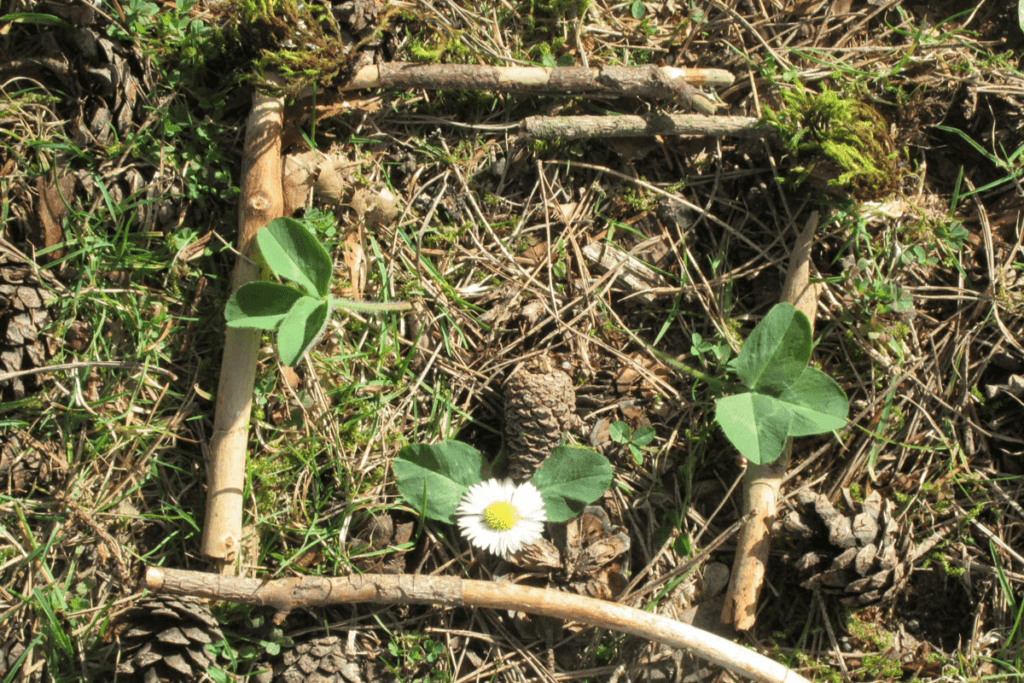
Stay Warm
- You’ll learn: How well you can create a shelter to keep your imaginary “critter” warm.
- You’ll need: Yogurt containers with tight-fitting lids, warm water, thermometers.
Background: Even in the coldest of winters, animals can survive. Many use whatever material is at hand to protect them from the cold. A deer will find a hillside and a hollow away from the prevailing winds. A snowshoe hare might scoop out a hollow under the overhanging branches of an evergreen, a vole could weave grasses together to create a cozy nest and a fox may curl its warm brush (tail) around itself.
- Have children go outside and make a shelter for their “critter.” Use whatever insulating materials that may be at hand, e.g., dried grass, leaves, moss and/or snow.
Think about design considerations:
- What natural materials will best insulate it?
- Make sure your critter will be insulated all the way around: above, beside and below.
- Think about how much insulation you’ll need. It might be helpful to consider how a squirrel’s drey, a bird’s nest and a beaver’s lodge is made.
- Fill canisters with warm water. Measure the temperature and record.
- Carefully close the lid. 33Place your critter in the shelter you’ve made for one hour.
- Remove and measure the temperature. How did you do?
Modification: Use liquid Jell-O instead of warm water. Here the idea is to stop your critter from turning into solid Jell-O. You can eat the results!
Try this: Can snow act like an insulator?
Use mounded snow and place your canister inside for one hour — compare this to a canister left in the open air for the same length of time. Which canister was warmer? Why?
